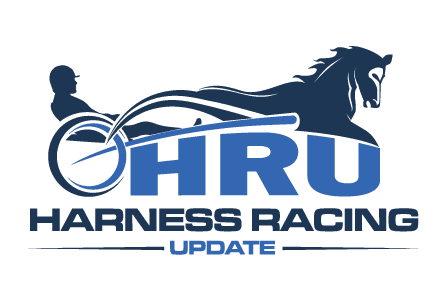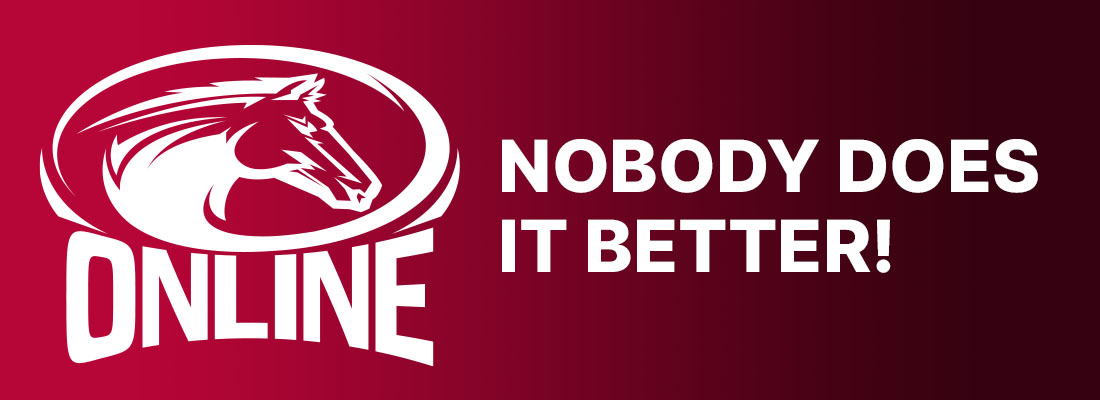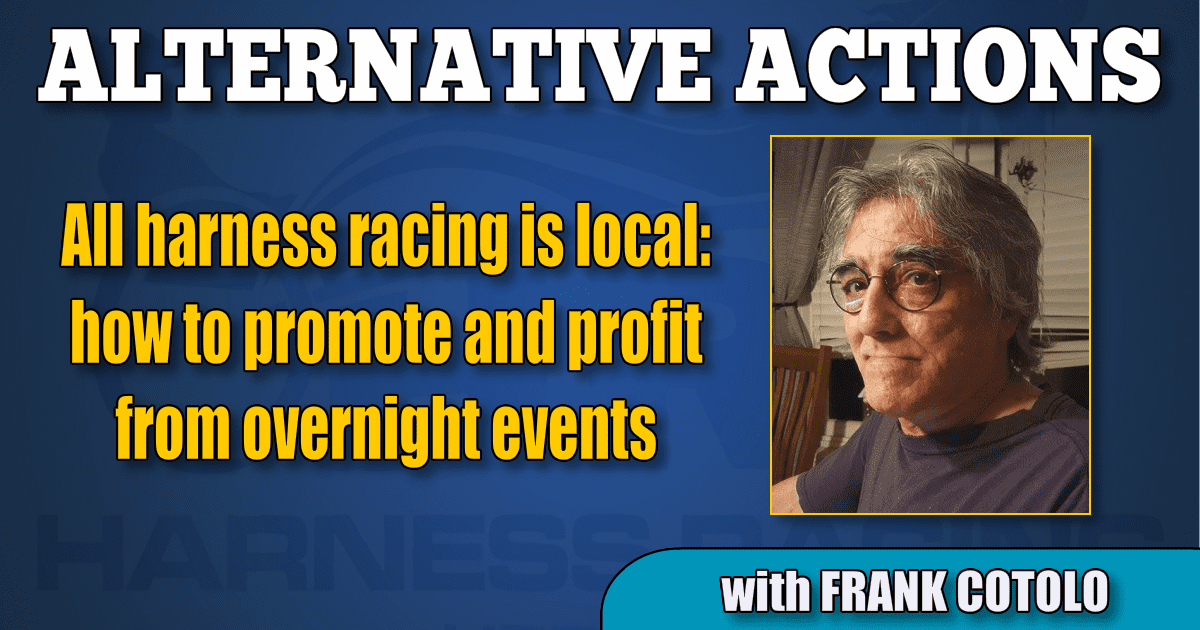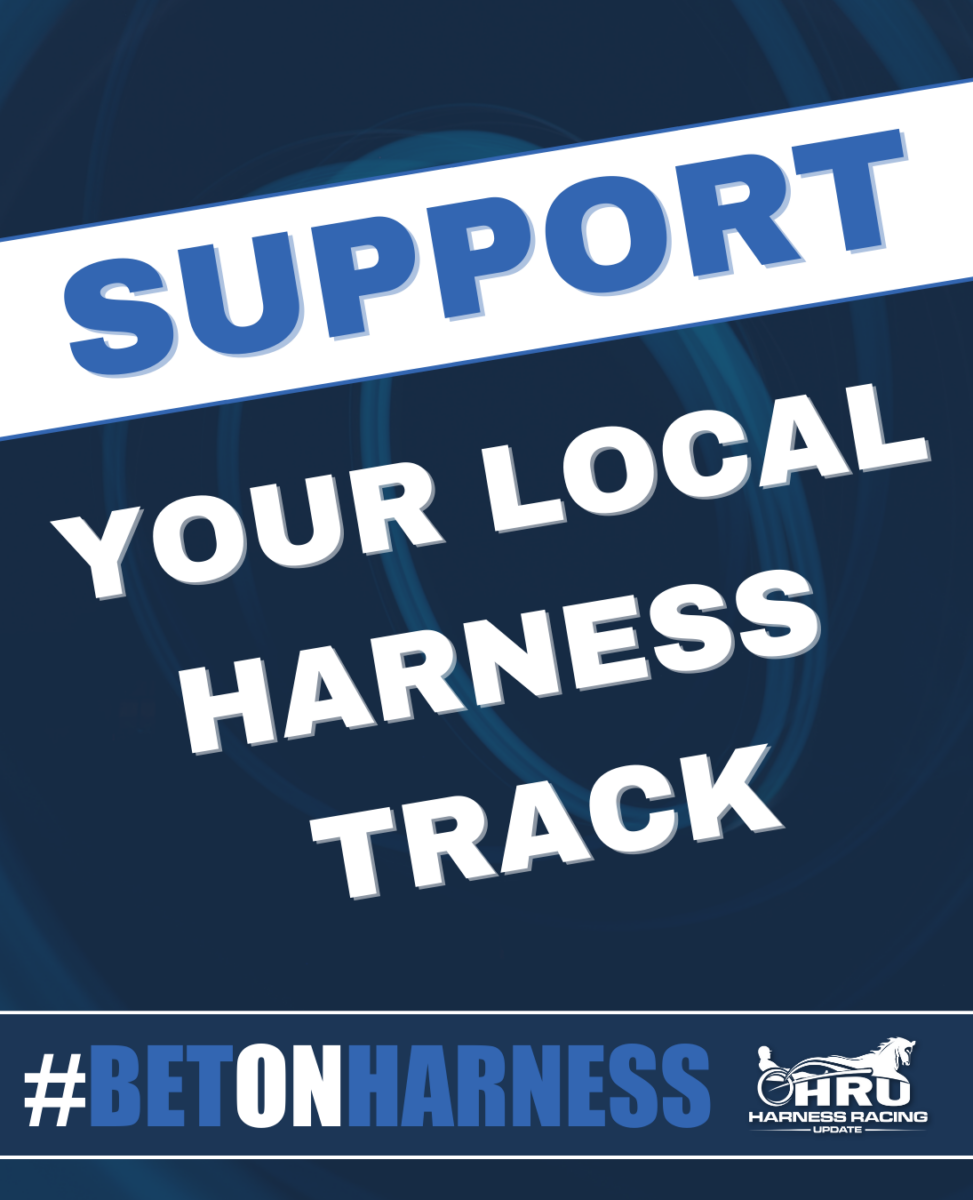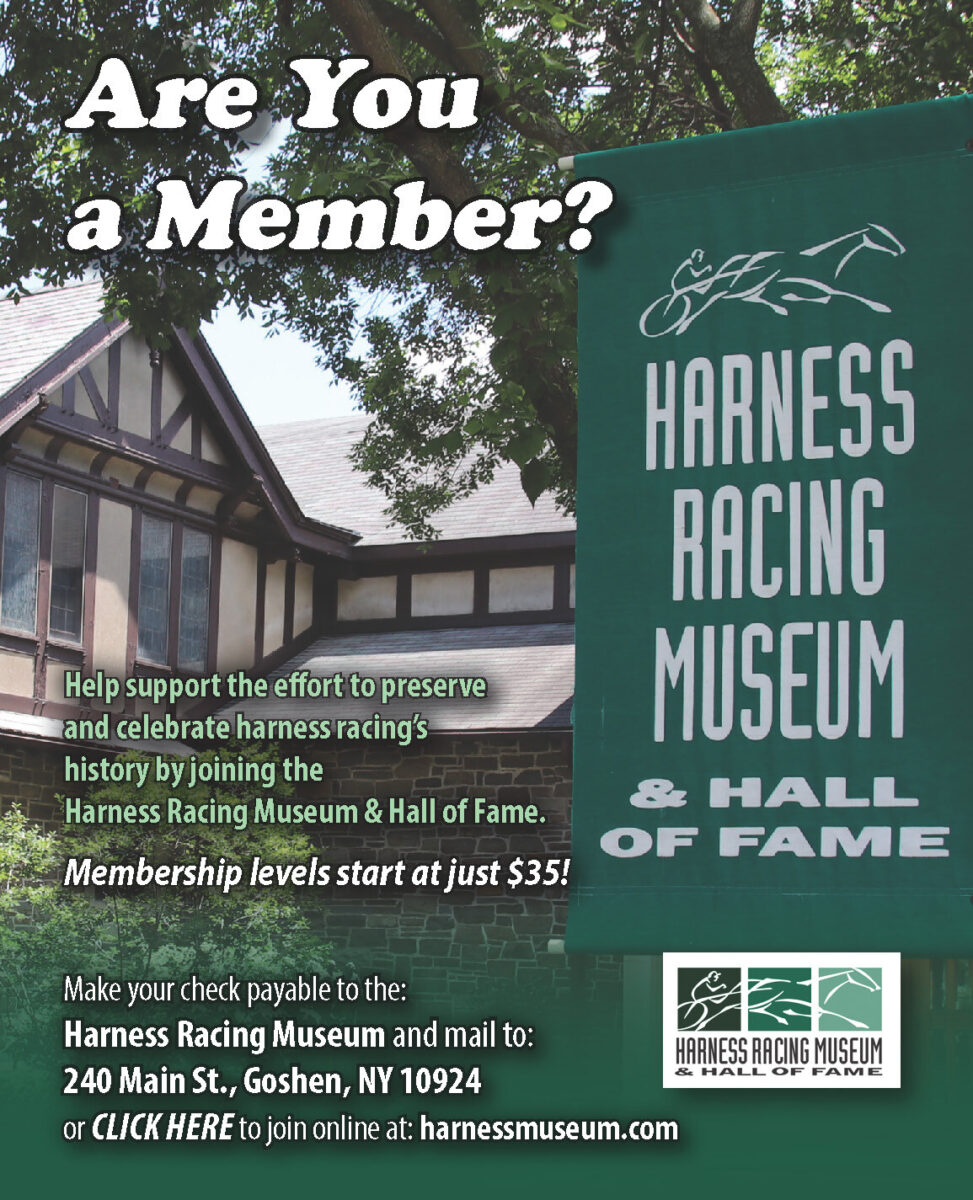All harness racing is local: how to promote and profit from overnight events
by Frank Cotolo
The harness racing season is stacked with stakes for all divisions. Throughout North America, millions of dollars in purses are offered in Grand Circuit events that make stars of horses and horsepeople. Though the Grand Circuit shares many high-profile races in its repertoire by holding them at a lot of different raceways, throughout any given racing meet, the common program is abundant with the bread-and-butter races we all know as overnights.
Overnights are overlooked, so to speak, bettors totally take advantage of them. Together, they are like the foundation of a tall building where people sleep peacefully in the 15th-floor bedrooms, trusting the foundation is sound, never having one nightmare about its failure to keep all the pieces of the building from collapsing.
But there is nothing intrinsically special about any one overnight. Each one depends on another for popular multi-race exotics, but unless one of them falls into the category of a Hi-5 Jackpot with a six- or seven-digit carryover, the overnight is merely a link in a weak chain.
However, what if a track could inexpensively transform an overnight or two in every program into an event that incited bettors on track and online and in simulcast outlets?
An alternative action is required.
Let us take some wisdom from the old adage, “All politics are local,” and apply it to your raceway. Our motto will become “All harness racing is local.” That could be the slogan for an entire campaign to present some exciting spins on races with fields of horses campaigning at the current meet.
Your racing secretary is an important component in this new angle. He or she must develop races based upon the best and worst performers available at the current meet. Your racing secretary will know a lot more than I know about writing races, so please look upon my suggestions and have him or her adjust my conditions or be inspired by the concept and get creative with conditions that will work best.
The other component, of course, is the cooperation of the horseman community. They should be excited; after all, their horses and all of their horses’ connections may have some better chances to collect purse monies. Also, the betting public could be responsible for a higher handle if the local harness races attract more betting dollars due to success with the new features.
Here is a typical pitch, a template, if you will, for an “all-harness-racing-is-local”— style race to write and promote:
Come up with some conditions to create solely local fields. For instance, restrict “non-winners of a race since …” to “non-winners of a race at (your track) since (apply date, be liberal).” This could produce large fields with familiar horses. The more homespun the conditions, the more competitive the fields, more so than if the conditions were open to non-winners in the usual sense, attracting the usual capacity. You can also add extra conditions in order to assist in an expanding number of entries, conditions that maintain the equality of the track’s equine community.
Imagine having a field of a dozen or more (two tiers when needed) meeting all of conditions written. Upon success with a good number of horses in the draw, you can then approach the same level of talent (or lack of it) into a local series. A serial event with legs or heats or divisions can be promoted up the proverbial kazoo to attract bettors’ attention and bankrolls. As such a series is a crescendo to a final, it would make local stars of the horses that rarely, if ever, get attention, no less betting support.
Once you have a field for special races or a few fields for an intrinsic series, the promotion is ongoing. All horses involved need be treated as if harness racing only exists within the boundaries of your track. Do not worry — the local aspects of promoting your created affairs will not turn off bettors from simulcasts online or at other tracks. The quirkier your promotions, the more inside and outside betting interest you will provoke.
Remember to concentrate on the cast of characters, your local horses, and emphasize their unique personalities, along with in-house video interviews with their trainers and drivers and owners. Ask questions about horses’ personalities, provoke answers that are more colorful than informative (after all, these are overnight horses, the lower echelon, though equal to one another, of the racing lot.
Nothing bad could come from any experiment in this “all-harness-racing-is-local” campaign. Some time, effort and a few bucks can make your track the center of national industry news.
Consider nixing the carnival-type promotional events where you race ostriches or camels and other non-wagering gimmicks that are forgotten the moment they end. Look within your horse community and get creative so that local bettors can be challenged and national bettors can be intrigued — with both of them contributing to the handle.
